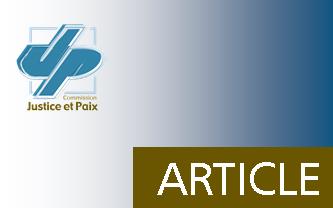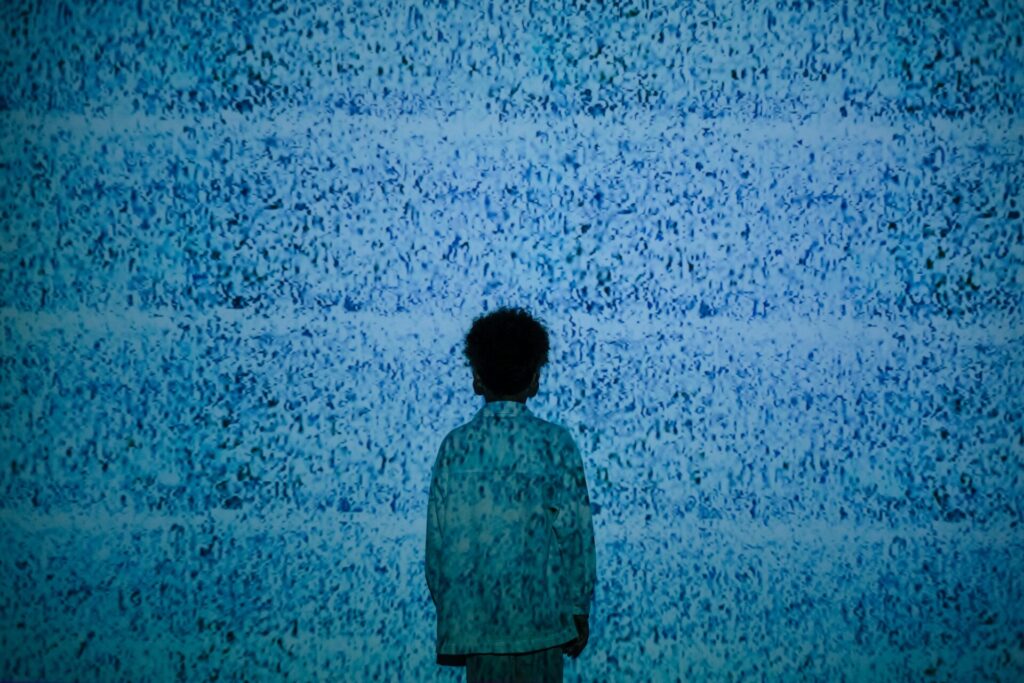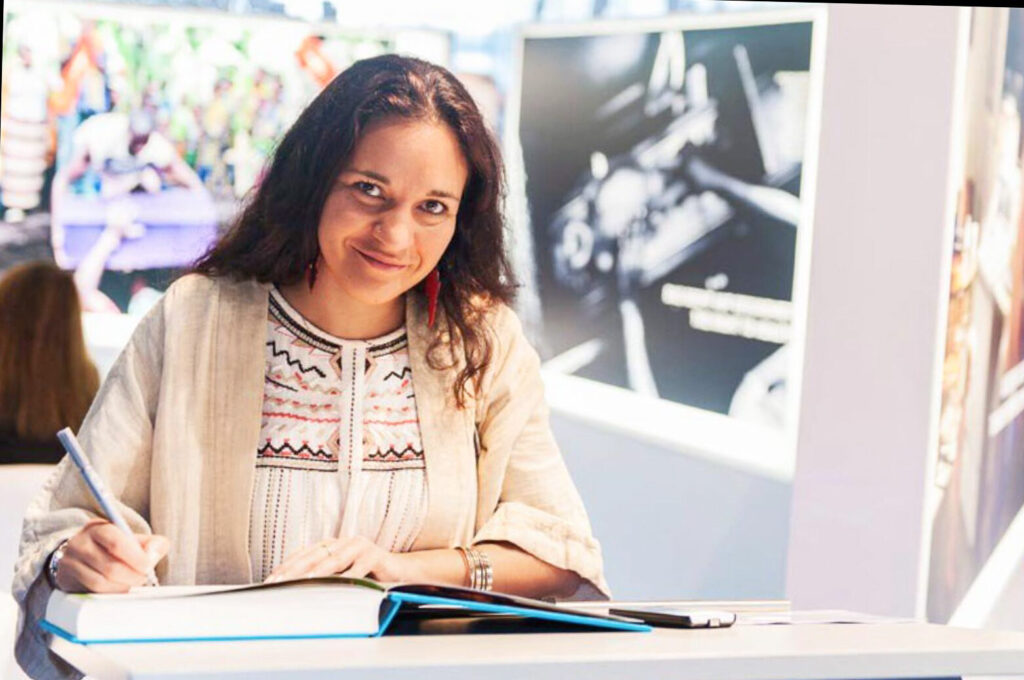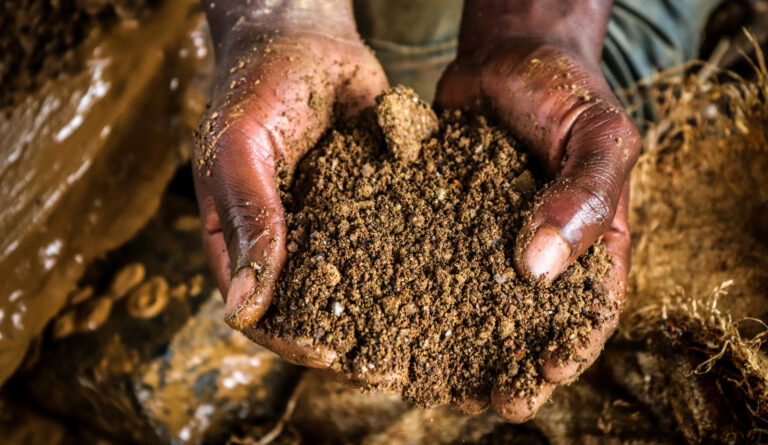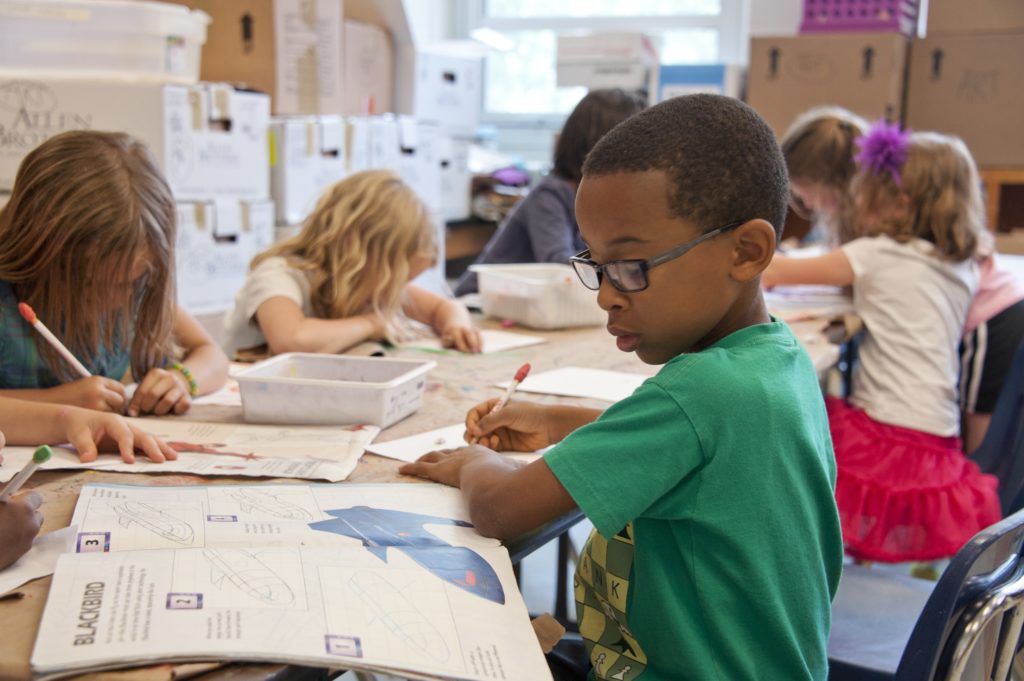The ballet of backfiring motorcycles and placid tshukudus, these homemade wooden bicycles crumbling under their load, liven up the streets of Goma. The capital of North Kivu would be almost joyful if two gigantic camps for displaced people set up at its gates were not a reminder that war is never far away. “Let the militias take all the minerals they want and leave us alone,” complains Bernard, a 30-year-old trader. I would prefer to live in peace with a poor basement. I can barely pay for housing and feed my family. »
Kivu, in the east of the Congo, is a cauldron, four times the size of Belgium, where the slag of the Rwandan genocide has permanently settled. For fifteen years, antagonistic armed groups – Rwandan survivors of the genocidal militias, Rwandan militias launched after them by Kigali, Congolese self-defense militias – have been waging a merciless war, against a backdrop of unspeakable violence. Certainly one of these formidable militias, the M23 composed of Rwandan speakers probably supported by Kigali, has just been crushed by the Congolese army which thus won its first victory since the independence of the Congo. But this victory does not really relieve the population.“With the M23 gone, there are many other militias left to continue the abuses,” summarizes Monseigneur Ruboneka, Bishop of Goma. Between volcanic eruptions, plane crashes and the insecurity of the militias, we are accumulating calamities.However, Kivu is far from being a cursed region. Quite the contrary. Its temperate high altitude climate makes it the breadbasket of Central Africa, while its subsoil, full of gold, copper and coltan, represents a real safe. But far from Kinshasa, the Congolese capital, the wealth of Kivu is being turned against the population. The militias seize mines and engage in profitable trafficking which strengthens their ranks. The vault fuels a never-ending war that has lasted 15 years and left hundreds of thousands dead. These minerals on which the West is dependent are used in the composition of computers, mobile phones and other electronic items. They were nicknamed “blood minerals”. [1]The main “blood minerals” identified are tin, tungsten, coltan and gold. The idea shared by certain NGOs and parliamentarians is to put these minerals under embargo to cut off supplies to the militias and put an end to the war. The United States has already legislated in this direction with the adoption by Congress of the Dodd-Frank Act. Entering into force in January 2012, this law prohibits multinationals from buying minerals marketed by militias and requires them to only buy minerals authenticated as “clean”. It has the merit of having triggered international awareness and reinforced the feeling of responsibility of the private sector. This is real progress, but it nevertheless shows its limits.
“In the absence of certification, the Dodd-Frank Act creates a de facto embargo on all minerals coming from Kivu, including those that are legally exploited”, denounces Aimable Muneza, president of a cooperative of artisanal diggers from the Rubaya mine, in the Masisi zone, northeast of Goma. Thus, thousands of artisanal diggers and the entire mineral export sector who work completely legally now find themselves without work due to lack of customers. This is untenable for many families. Some have not had a fixed income for months,” he adds. Further, in the bowels of the earth, Jonathan frantically attacks the rock using a rusty shovel. He is one of the many diggers ruined by the Dodd-Frank law.
“I stopped growing cassava, which earned me almost nothing, to become a miner. I made almost $500 a month. Now, my income has dropped by 80 % because I have to sell to Chinese counters which charge ridiculous prices due to lack of competition. I now receive three dollars per kilo of cassiterite compared to 8 before”, he declares. The collapse of official channels has given a boost to illegal trade. Especially since the proximity of three borders and the topography of the region offer numerous smuggling routes, across Lake Kivu or via winding mountain paths. Under embargo in Congo, the minerals are sold to Rwanda, Burundi and even Uganda, where they are “laundered” and recycled in the legal economy of these countries. “A few days ago, we stopped a car at the border with Rwanda,” says a senior official from the Ministry of Mines. She hid nearly 400 kilos of cassiterite in her underbody. These shots are unfortunately exceptional. Since the start of the year, we have intercepted only 10 tonnes of minerals, a tiny fraction of the total suspected volume of the fraud. » By seeking to strangle the militias, American legislation has relaunched smuggling and in the process suffocated the entire region.
“L’étiquetage tient réellement jusqu’au négociant qui achète le sac, cinq cents mètres plus loin”, however, underlines Judith Sargentini, Dutch European parliamentarian. Then he opens the bag to extract the rock and crush it. The bag then begins a journey which includes numerous openings which makes the process obsolete. Minerals from illegal sites can indeed be inserted during the different stages. The certification of mining sites, which makes it possible to authenticate that they are not under the influence of armed groups, is also slow to be put in place:
“as long as there is not maximum security ensured on the ground, administrative services will move little, even in areas supposed to be quiet”, tells us Juvénal Mubi, national deputy and rapporteur of the Defense and Security Commission.
“But we want to avoid the errors of American law,” continues the parliamentarian. We need to find a system that does not affect the income of artisanal diggers. »For Frédéric Triest, of the European Network on Central Africa (EurAC), the main challenge is to allow artisanal minerals that come from their own sites to once again access the international market.
“The priority is to bring back Western buyers. Competition between buyers must take place so that fair prices are charged. For the moment, it is more interesting to traffic than to formalize your activity”. But minerals may not be the only source of income for the Congolese. For Henri Muhiya, of the Natural Resources Episcopal Conference,
“Kivu is far too focused on extractives. We are fortunate to have a fertile territory that allows for prosperous agriculture. And natural settings that encourage the development of eco-tourism. It's time to think about it. »If this vision is not widespread at the moment, it nevertheless seems to constitute a sustainable alternative to intensive extractivism which could ultimately be damaging to populations and the environment. According to Henri Muhiya,
“The future of the country depends on this. We must choose a development model that is not dictated to us from the outside. It’s up to us to take advantage of our real natural resources! »
